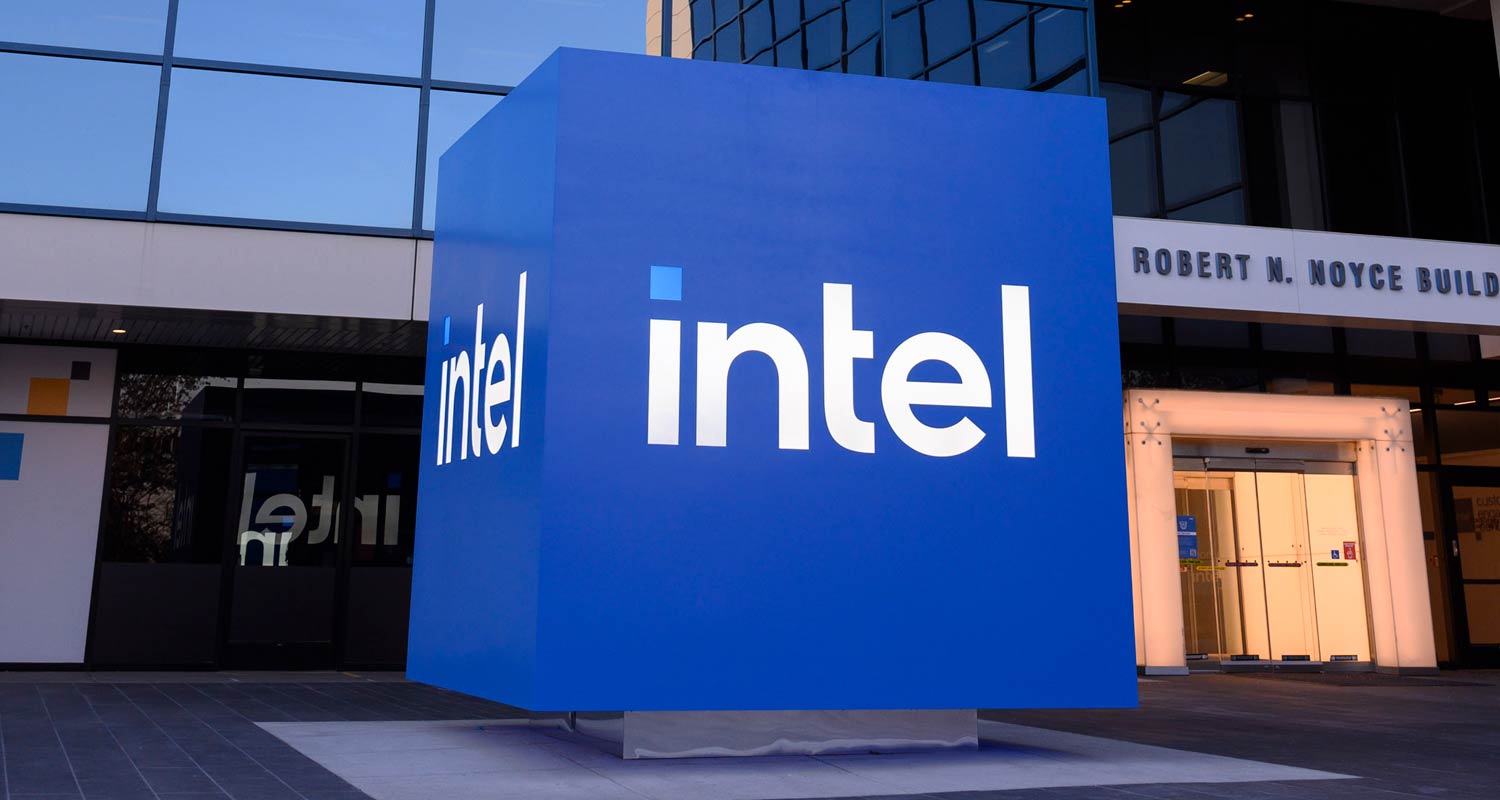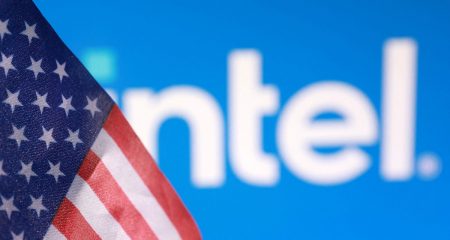 Intel is working with investment bankers to help navigate the most difficult period in its 56-year history, according to people familiar with the matter.
Intel is working with investment bankers to help navigate the most difficult period in its 56-year history, according to people familiar with the matter.
The company is discussing various scenarios, including a split of its product design and manufacturing businesses, as well as which factory projects might potentially be scrapped, said the people, who asked not to be identified because the deliberations are private.
Morgan Stanley and Goldman Sachs Group, Intel’s longtime bankers, have been providing advice on the possibilities, which could also include potential M&A, the people said. The discussions have only grown more urgent since the Santa Clara, California-based company delivered a grim earnings report, which sent the shares plunging to their lowest level since 2013.
The various options are expected to be presented during a board meeting in September, the people said.
No major move is imminent, and discussions are still in early stages, the people cautioned. A representative for Intel declined to comment, while Morgan Stanley and Goldman Sachs didn’t immediately respond to requests for comment.
A potential separation or sale of Intel’s foundry division, which is aimed at manufacturing chips for outside customers, would be an about-face for CEO Pat Gelsinger. Gelsinger has viewed the business as key to restoring Intel’s standing among chip makers and had hoped it would eventually compete with the likes of Taiwan’s TSMC, which pioneered the foundry industry.
But it’s more likely that Intel takes a less dramatic step before it reaches that point, such as holding off on some of its expansion plans, the people said. The company has already done project financing deals with Brookfield Infrastructure Partners and Apollo Global Management.
Running out of time
Intel’s Gelsinger is running out of time to pull off a much-needed turnaround. He’s been attempting to expand the chip maker’s factory network at the same time that sales are shrinking — a money-losing proposition. The company suffered a net loss of US$1.61-billion last quarter, and analysts are predicting more red ink for the next year.
Gelsinger, an Intel veteran who left the company for more than a decade, took the helm in 2021 and promised to restore the company’s technological edge. Under previous CEOs, the chip pioneer had lost market share and its long-vaunted reputation for innovation.
But his comeback plan proved overly ambitious, and the company has had to scale back. When it reported earnings earlier this month, Intel announced plans to cut about 15 000 jobs and slash capital spending. The company even suspended its long-prized dividend.
Read: How Intel spurned OpenAI – and lost the AI chip race
“It’s been a difficult few weeks,” Gelsinger told investors at the Deutsche Bank Technology Conference on Thursday. The company tried to lay out a “clear view” of its next steps during its earnings report, he said. “Obviously the market didn’t respond positively. We understand that.”
Adding to the upheaval, director Lip-Bu Tan abruptly stepped down from the board last week. The semiconductor veteran, who was brought in two years ago to help with the comeback effort, cited scheduling commitments. But his departure removed one of the few directors with industry knowledge and experience. — Dinesh Nair, Ian King and Ryan Gould, (c) 2024 Bloomberg LP




